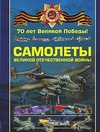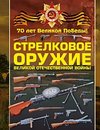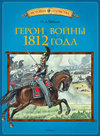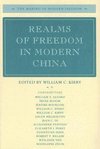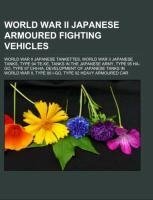
-
 Anglický jazyk
Anglický jazyk
World War II Japanese armoured fighting vehicles
Autor: Source: Wikipedia
Source: Wikipedia. Pages: 45. Chapters: World War II Japanese tankettes, World War II Japanese tanks, Type 94 Te-Ke, Tanks in the Japanese Army, Type 95 Ha-Go, Type 97 Chi-Ha, Development of Japanese tanks in World War II, Type 89 I-Go, Type 92 Heavy Armoured... Viac o knihe
Na objednávku
15.57 €
bežná cena: 17.30 €
O knihe
Source: Wikipedia. Pages: 45. Chapters: World War II Japanese tankettes, World War II Japanese tanks, Type 94 Te-Ke, Tanks in the Japanese Army, Type 95 Ha-Go, Type 97 Chi-Ha, Development of Japanese tanks in World War II, Type 89 I-Go, Type 92 Heavy Armoured Car, List of Type 97 Chi-Ha variants, Type 97 Te-Ke, Type 98 Ke-Ni, Type 1 Ho-Ha, Type 2 Ka-Mi, Type 1 Chi-He, Type 5 Chi-Ri, Type 2 Ke-To, Type 3 Chi-Nu, Type 3 Ka-Chi, Type 4 Chi-To, Type 1 Ho-Ki, Type 1 Ho-Ni I, List of Japanese armoured fighting vehicles of World War II, Type 2 Ho-I, Type 4 Ke-Nu, Type 3 Ho-Ni III, Type 4 Ho-Ro, Type 5 Ke-Ho, Type 98 So-Da, Type 4 Ha-To, Type 5 Na-To, Type 97 ShinHoTo Chi-Ha, List of engines and weapons used on Japanese tanks during World War II, Maeda Ku-6, Type 4 Ka-Tsu, Type 94 Disinfecting Vehicle and Type 94 Gas Scattering Vehicle, List of armour used by the Imperial Japanese Army in the Second Sino-Japanese War, Type 98 20 mm AAG Tank, List of tanks and armoured vehicles of the Imperial Japanese Navy, Type 98 20 mm AA Half-Track Vehicle, Type 5 To-Ku. Excerpt: IJA4th Armored Division with Type 3 Chi-Nu Japanese Type 95 Ha-Go first prototype, 1934This article deals with the history of tanks of the Japanese Army. The First World War established the validity of the tank concept. After the war, many nations needed to have tanks, but only a few had the industrial resources to design and build them. During and after World War I, Britain and France were the intellectual leaders in tank design, with other countries generally following and adopting their designs. Japan took interest in tanks and procured some of the foreign designs, and then went to build its own. The designs built were light tanks which Japan used in China in the mid 30's against opposing infantry in campaigns in Manchuria and elsewhere in China, as the Chinese National Revolutionary Army had only three tank battalions consisting of Vickers export tanks, German PzKpfw I light tanks, and Italian CV33 tankettes to oppose them. Because of the Imperial Japanese Army emphasis on the infantry at the expense of all other branches, armored vehicle development and fielding suffered as a result; a shift to designs with heavier armor and larger guns to fight against the larger tanks of the Allies came too late for the Japanese to field superior tanks on the battlefield. After the Second World War, the Supreme Commander of the Allied Powers dismantled all military manufacturing and development facilities in Japan, causing Japan to lose the technology base required to manufacture tanks and armored vehicles. However, due to the outbreak of the Korean War, SCAP ordered Japan to re-militarize, forming the Japanese Ground-Self Defense Force and providing M4A3E8 Sherman and M24 Chaffee tanks. For various reasons, including obsolescence of the tanks in JGSDF service at the time, the JGSDF in 1954 was given the option to either purchase new American built M46 Pattons and later the M47 Patton or develop its own Main Battle Tank (MBT). The JGSDF decided to develop its own tank, which
- Vydavateľstvo: Books LLC, Reference Series
- Rok vydania: 2017
- Formát: Paperback
- Rozmer: 246 x 189 mm
- Jazyk: Anglický jazyk
- ISBN: 9781157011576

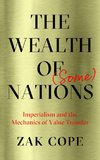
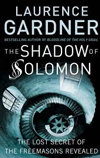


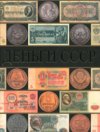
 Ruský jazyk
Ruský jazyk 